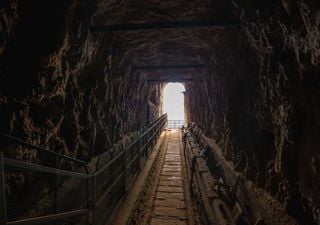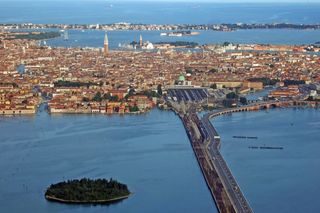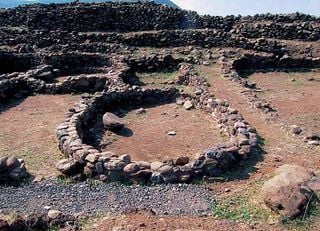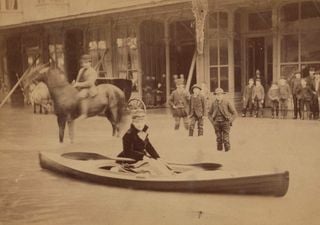Passage Du Gois, the French Road that is Swallowed by the Sea Twice a Day
The Passage Du Gois is a road that goes under water twice a day. Despite its closure by the authorities, some drivers and pedestrians are trapped when the tide rises.
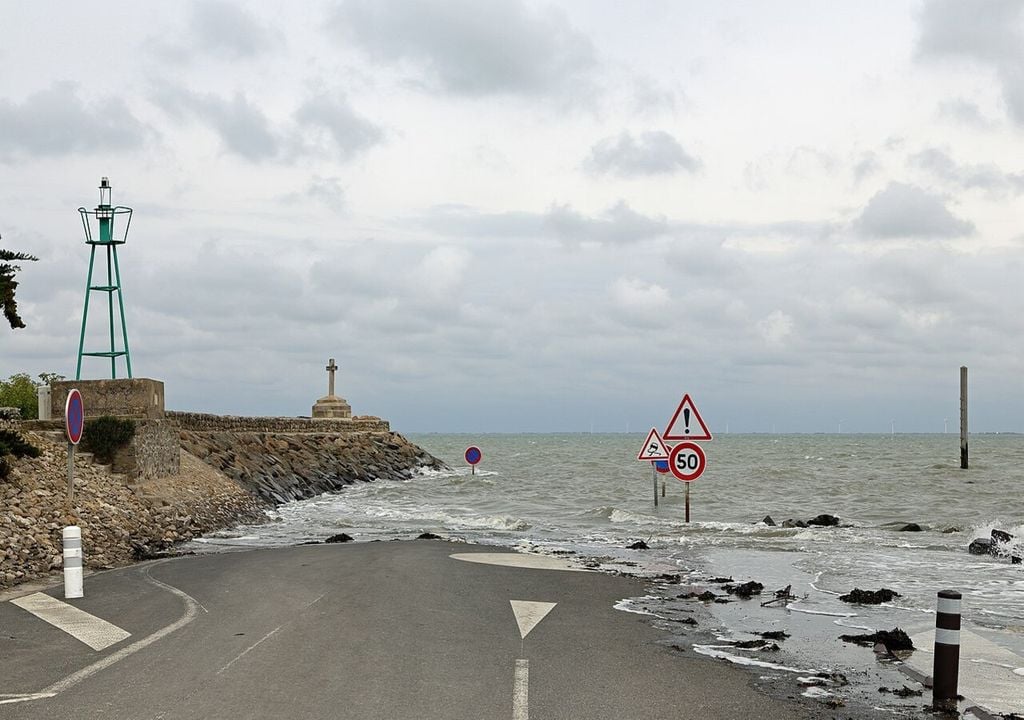
There are places that arouse anyone's curiosity and that is the case of the Passage du Gois, a road located in the Bay of Bourgneuf and linking the island of Noirmoutier with mainland France. The peculiarity of this road is that it floods twice a day. The road appears and disappears following the diurnal cycle of the tide. This condition of being submerged makes it dangerous, especially if the guidelines of the authorities are not followed.
The astronomical tide is the rise and fall of the water level produced exclusively by the gravitational interactions between the Earth, the Moon and the Sun. The high tide is also known as high tide, while the low tide is low tide. The world record for the largest swing between high and low tide is 21 m in the Bay of Fundy in Canada. About 100 million tonnes of seawater are affected by currents in each tidal cycle.
Le passage du Gois est une chaussée submersible qui relie le continent à lîle de Noirmoutier à marée basse. À marée haute il y a 4 mètres deau au-dessus de la route #Noirmoutier #Vendée #France pic.twitter.com/bllGO1DzGn
— Philippe... ou Philou ️ (@AntiMc2_0) July 17, 2023
While this spectacular tidal change occurs in the Bay of Fundy, in the Gois Passage the maximum height of the water ranges between 1.30 and 4 meters. This means that the site is visited by tourists and locals who take advantage of the seafood that remains once the tide goes out.
Visitors trapped by the tide
People can use this road for a few hours, special panels placed on the sides of the road warn when it is safe to pass. Despite the warning of the rising tide, dozens of people are trapped, for this reason the government has created several poles so that they can take refuge.
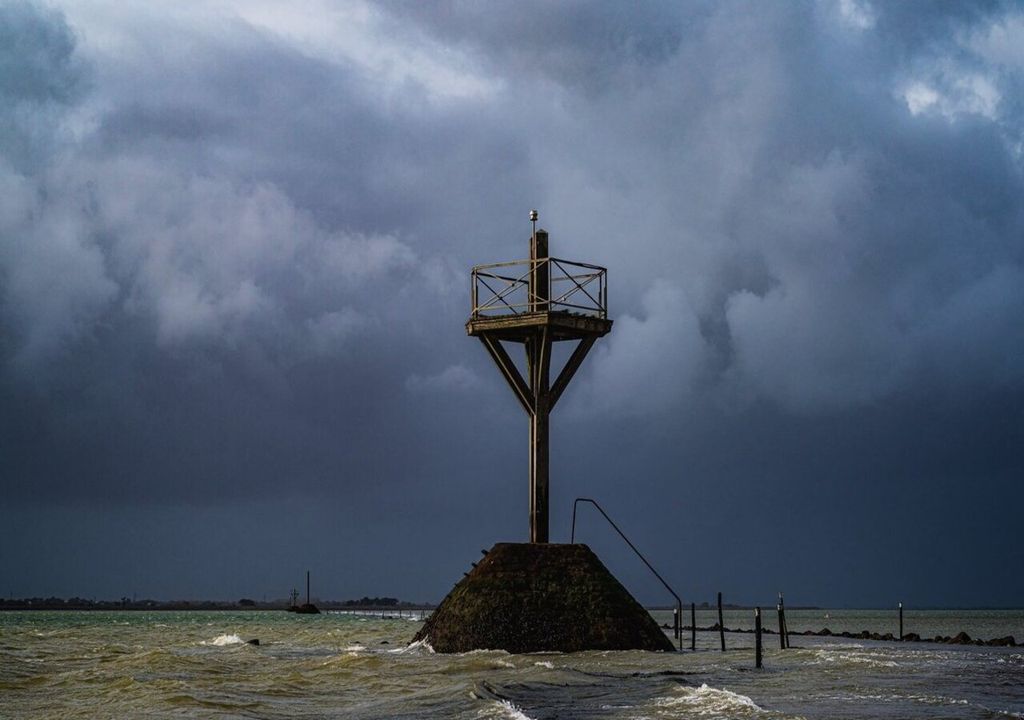
Generally, people are rescued by emergency services without major consequences other than fright. Cars do not always suffer the same fate due to water damage. At the entrances on both sides there are signs indicating the times when it is safe to enter. The road can be traveled on foot, by bicycle or by car.
Tour de France, 1999
The Passage Du Gois became famous when it was used in the second stage of the Tour de France in 1999. The road caused falls and cuts in the peloton. In 2011 it was used again, but only at the beginning of the stage.
Passage du Gois. Tour 1999 pic.twitter.com/QjShHwCBfa
— Perdants magnifiques (@TousPoulidor) January 5, 2023
The Lindisfarne road, another floodable road
This road is located on Holy Island, in Northumberland, connecting this portion of land in the North Sea with the northeast of England through a paved and asphalt road of almost 3 km.
This remote island is home to Lindisfarne Castle, one of the area's major tourist attractions, receiving 650,000 visitors each year. During the summer, the peak of visitors is reached and also of rescues for people who are trapped by the tide.
